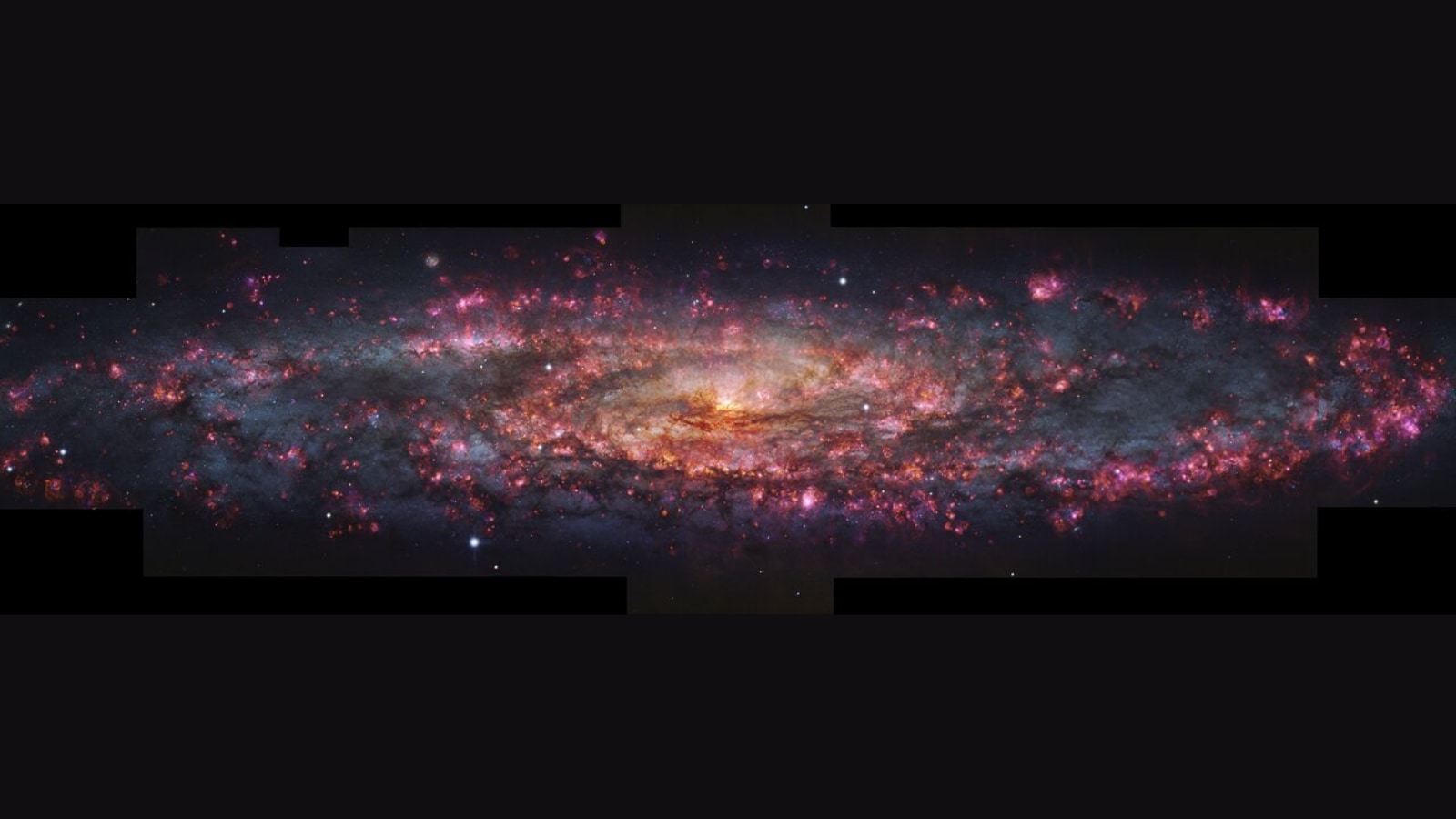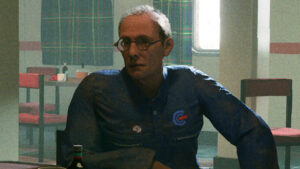The space is vast and empty, but it is also full of wonderful objects and colourful celestial bodies that look unreal. For years, astronomers have been capturing stunning images of galaxies around us, and now they have clicked one of the most detailed and colourful pictures of a galaxy. Located around 11 million light years away from Earth, the Sculptor galaxy, also known as NGC 253, has a similar shape, size and mass to that of our very own Milky Way.
Enrico Congiu, a researcher at the European Southern Observatory (ESO) who led a new Astronomy & Astrophysics study on Sculptor, said that the galaxy “is close enough that we can resolve its internal structure and study its building blocks with incredible detail, but at the same time, big enough that we can still see it as a whole system.”
To generate this detailed map of the Sculptor Galaxy, researchers said they observed it for more than 50 hours using the Multi Unit Spectroscopic Explorer (MUSE) instrument on ESO’s Very Large Telescope. They then stitched together more than 100 exposures to cover an area that spans 65,000 light years wide.
A galaxy’s building blocks, which consist of stars, gas and dust, emit light in different colours. And while normal images of a galaxy only contain a handful of colours, the new ultra-detailed picture of the Sculptor galaxy has thousands of colours. ESO says that this “tells astronomers everything they need to know about the stars, gas and dust within, such as their age, composition and motion.”
Researchers say the image is so detailed that astronomers can zoom into it to study “individual regions where stars form at nearly the scale of individual stars, but we can also zoom out to study the galaxy as a whole.” As it turns out, the detailed image of the Sculptor galaxy has already helped astronomers spot 500 new planetary nebulae and observe shells of gas and dust that are emitted by stars after they die and are on the verge of becoming a red giant. These planetary nebulae can help us verify the distance to the Galaxy, which is an important piece of information on which the rest of the studies of the galaxy depend.
Astronomers say they will now use the detailed map of the Sculptor galaxy to see how gas flows and changes its composition to form stars. The Sculptor galaxy has already been observed several times, with one of the most detailed observations recorded by the Hubble Space Telescope back in 1998. Like our neighbouring Andromeda galaxy, it is super bright and huge and can be easily spotted using binoculars in ideal conditions.
© IE Online Media Services Pvt Ltd





Average Rating